The basics for buying Track Day Tires: 4 Simple things you need to know.
Tires may be the single most expensive consumable with track days and especially with racing. As the only part of your car that is gripping the pavement (Hopefully), tires are a wildly important part of going fast… and usually the quickest and least expensive way to shave seconds off your lap times. With some planning and minor hacks; having fun, learning, and even staying competitive aren’t out of the reach of someone on a budget.
My first ever blog post mentions that we are in a “golden era of motorsports”. Much of that is because of the current availability of reasonable priced, grippy, reliable tires.
This post is a quick overview of 4 basic things you need to know when shopping for track day tires.
Part 1) What category of tires are the best to run for Track Days?
Part 2) What are heat cycles?
Part 3) What are date codes and where do you find them?
Part 4) Winter Storage of Racing Tires.
Part 1) Tire Categories: What type of tires are the best to run for Track Days?
Tires are split into a comically large number of general categories. Tire Rack sells 30 categories of tires. Yes, 30. A search for my Miata’s 205/50/15 tire size yields 4 subcategories under “Performance’ and 3 subcategories under “Track and competition” with 26(!) different tires. Where should you look?
First: If you are someone just beginning track days and your current tires are in good shape, I strongly recommend you just use whatever tires that are currently on your car. Contrary to some forum exaggerations, you will not shred your daily driver tires in one track day. (Unless you are really overdriving the hell out of a heavy, powerful car)
If you are in the Trackday Tire market: Completely disregard any tire that is categorized under “touring”, “max performance” or “All Season” even if it is “High Performance All Season” category (Also known as the No-Season tire). The “Ultra High Performance Summer” tires are great for daily driven performance tires and can get you started on track, but they may leave you wanting more even before your first season is up.
The “Ultra High Performance Summer” tires are great for daily driven performance tires and can get you started on track, but they may leave you wanting more even before your first season is up.
If you are serious about track days, you may consider dipping into the “Extreme Performance Summer” category. These are often referred to as the 200tw (treadwear) tires. These tires are not full racing slicks, but they are not a whole long way off. This category is exploding in both selection and quality, partially because of the popularity of autocross. Just a few of the popular tires are Dunlop Direzza Star Spec, BFG Rival, Bridgestone RE-71, Hankook RS-3, and Maxxis VR-1. This category also has newcomers like the Federal 595 and Nankang NS-2R. Even though these all fall under the 180-200tw category, there are pretty big differences in cost, how they feel, and how long they last. Do some research on the current crop’s features and pick one that best matches your goals.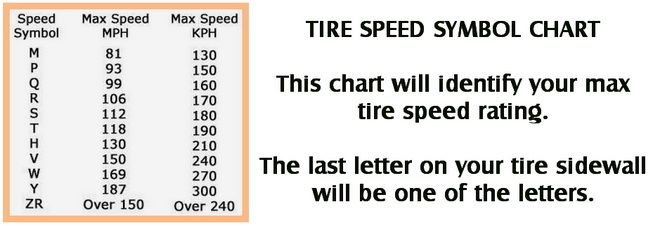 I was always a fan of Dunlop Star Specs and Maxxis VR-1’s as they both seemed to give decent feel and lasted longer than some other tires, even if they weren’t the outright fastest.
I was always a fan of Dunlop Star Specs and Maxxis VR-1’s as they both seemed to give decent feel and lasted longer than some other tires, even if they weren’t the outright fastest.
If you are considering a R-Compound tire like a Hoosier A or R7, Toyo RR, BFG R1 just know that R-Compound tires are not a budget friendly option. These tires wear extremely fast and “compound out” after just a few heat cycles (Some may get up to 20 heat cycles before they’re shot, others are fast for around 10). Even if you can get a set cheap, since their life is so limited you’ll be swapping them on and off your wheels often ($$ and/or time). R-Comps provide face distortingly high levels of grip, but are not a wise choice for a new driver to begin with as they can mask bad driving habits and are known for having a very abrupt drop-off that moment you do run out of grip.
R-Compound tires also have an interesting way of creating/exposing other issues you didn’t have earlier.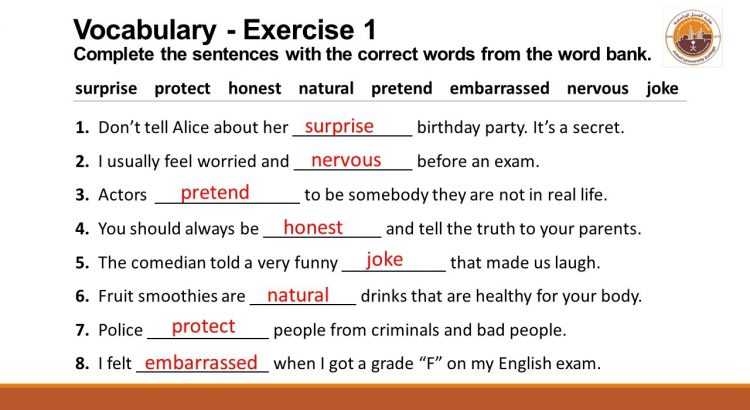 They tend to wear out bearings, bushings, and other suspension components faster, as the tires are gripping more and putting more stress on the suspension. Some cars may start seeing oiling issues because the engine oil sloshes too much in the pan. So much for your budget…
They tend to wear out bearings, bushings, and other suspension components faster, as the tires are gripping more and putting more stress on the suspension. Some cars may start seeing oiling issues because the engine oil sloshes too much in the pan. So much for your budget…
The good news is the current crop of Extreme Performance Summer, 200tw tires get you near R-compound levels of grip with an otherwise much more forgiving tire (on the budget, and your driving). Also, a treaded 200tw tire means you won’t need to worry about buying and bringing a separate rain tire set.
Part 2) What are Heat Cycles?
Put simply, heat cycles are the amount of times a racing tire has gone from ambient temperature to operating temperature. Each session you take a set of tires on track you are adding a heat cycle to them. Imagine you bought Hoosier A7’s for track day tires: If you have a HPDE day and get 5 sessions per day, by the end of the weekend that tire has 10 heat cycles.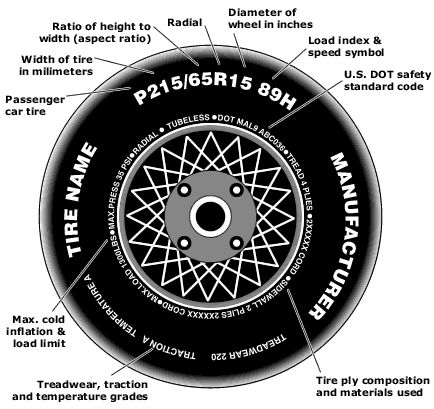
Once you pass a certain number of heat cycles, the grip ability of tires begins to fall off, some quite significantly. The grippier tires like Hoosier R7’s have been known to quickly drop off around 10. Toyo RR’s start dropping off around 10 as well but are known to be decent for upwards of 15 cycles. While overall laptimes may not be especially important if you are not competing… as R-Comps become less grippy they become more challenging to drive. Even if a tire looks like it has plenty of meat left on it, it may be useless.
If you have a Street Tire like a 200tw you will get significantly more heat cycles out of them before they “compound out” and become useless, at which point the tires are usually cording anyway.
If you are doing track days, or even competing and you don’t NEED r-comps, do yourself a favor and avoid them.
Part 3) What about date codes?
Date codes are those little 4 digit numbers stamped into the sidewall of a tire.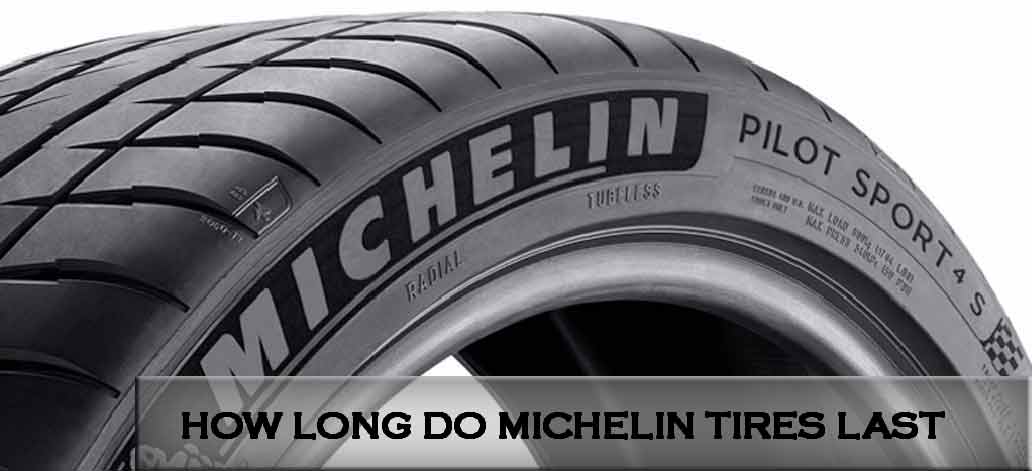 The first two digits are the week of tire manufacture (hint: there’s 52 weeks in a year), and the second two digits are the year of manufacturer.
The first two digits are the week of tire manufacture (hint: there’s 52 weeks in a year), and the second two digits are the year of manufacturer.
Any way you are buying a tire (new or used), make sure they are still reasonably new. Any tire begins losing grip as soon as it rolls off the production line, but are typically just fine for a two or three years. Some certainly hold up better over time, My Toyo RA-1 rain tires are 8 years old and still do okay. However, It’s not unheard of for retailers to try and push tires that are 3, 4, or 5 years old on unsuspecting buyers. If you are buying used tires, you need to be even more vigilant.
Looks like Toyo production doesn’t shut down the week between Christmas and New YearPart 4) But what if I drive my car in the winter? Will these work if I am careful?
Simple answer, no. High performance summer tires require some amount of heat to work. On a nice warm day they are either already at their operating temperature or will get there quickly. On a cold winter day, they will not reach their temperature and will be like riding on hard plastic. On snow, ice, or slush they will be useless.
On a cold winter day, they will not reach their temperature and will be like riding on hard plastic. On snow, ice, or slush they will be useless.
Your best course of action will be to get a separate set of wheels with snow tires. Not only are snow tires often quite affordable, you will now be spreading your tire wear between two sets of tires so both sets should last much longer. Back when my Miata was doing double duty as a daily driver I found a $40 set of factory wheels, hit them with rattlecan paintjob, and put the cheapest snow tires I could find. The result: For less than $300 my rear wheel drive miata was not only a blast in the winter, it was unstoppable, (Well, it stopped fine too… But it didn’t get stuck) and my track wheels stayed safe and warm all winter.
Snow Tires on spare wheels for winterWhere should I store my race tires over the winter? Can i just leave them in my garage or shed?
One more issue with high performance tires is that they are sensitive to cold.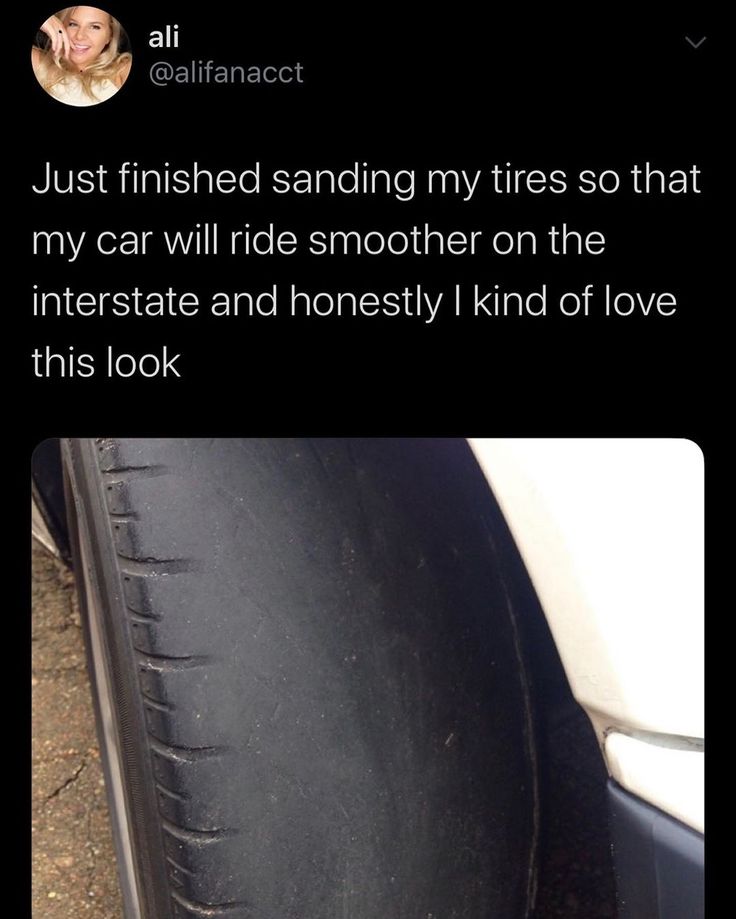 Most manufacturers don’t explicitly advise against storing race tires in the cold, but all say to avoid handling, mounting, moving, and driving on them. I like to play it safe and keep my tires in my warm basement, but if all you have access to is a shed or garage… it shouldn’t be the end of the world. I have an ancient set of OEM wheels for winter storage, they cost me $40 and do the job just fine.
Most manufacturers don’t explicitly advise against storing race tires in the cold, but all say to avoid handling, mounting, moving, and driving on them. I like to play it safe and keep my tires in my warm basement, but if all you have access to is a shed or garage… it shouldn’t be the end of the world. I have an ancient set of OEM wheels for winter storage, they cost me $40 and do the job just fine.
It’s no joke how quickly the costs for this hobby add up. If you drive a small, light car like a Miata your tiny tires will be cheap and should last you quite a while. If you have a 450 horsepower mustang, not only will your massive tires cost more than double, you’ll run through them in less than half the time as a Miata. I am a huge fan of modern muscle cars but they just don’t make sense to track unless you have an unlimited budget. With a bit of strategy on your initial car choice and tire choice, even a tight budget can survive keeping up with trackday tires.
Check out some of my other posts here.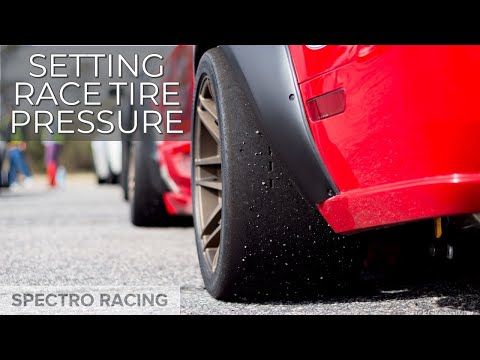
Like Loading...
If you ever want to start an endless debate at your next track day event, just ask a couple of drivers what type of tires you should buy. Then buckle in for an exchange of opinions that will rival the last presidential election.
Because you will likely leave those conversations with more confusion than solutions, I thought it would be helpful to share a few tips I’ve learned over the years - not only about what HPDE track day tires to buy, but how to inspect and take care of them.
Pre-Tire Purchase Considerations:When I learned how to drive on track I spent most of my time on good old street tires and there are many advantages to going this route. 1 - they last a little longer than some DOTs or Slicks. 2 - oftentimes, they are cheaper and easier to find. 3 - they make you a more disciplined driver by severely punishing your lap time when you make mistakes.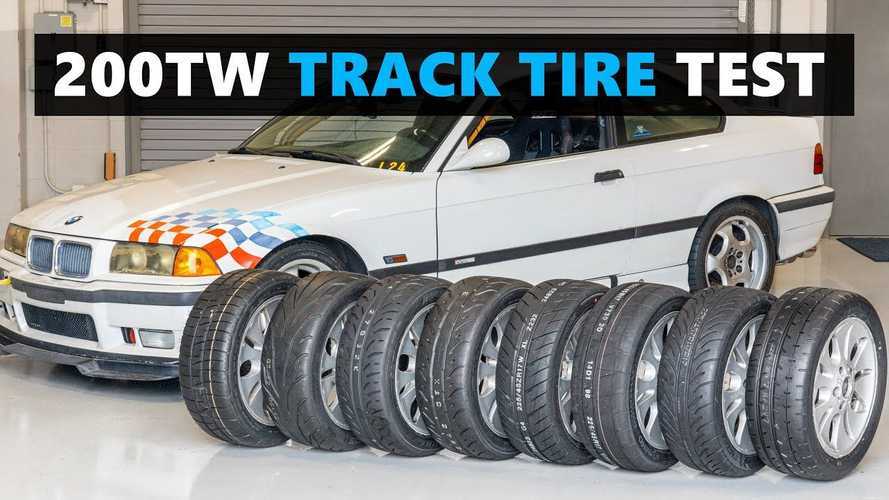 4 - they give the driver advanced warning when they're at the limit of grip (i.e. squeals and howls that echo through your car's cabin.
4 - they give the driver advanced warning when they're at the limit of grip (i.e. squeals and howls that echo through your car's cabin.
Of course, as you become more experienced, you’ll notice the street tires leave a lot to be desired. Once you have a season or two of track days under your belt, you might consider stepping up to a DOT tire or a semi-slick. This is a good middle ground if you're still driving your track day car to the track and back home again at the end of the day. These tires were designed for track use so you can get away with running lower pressures without risking safety. However, depending on the brand you buy, you may not notice a huge difference in performance. On multiple occasions I’ve run faster times on super sticky street tires over DOTs. It's important to do your research on rubber compounds. The harder the compound, the more it will perform like an all-season street tire. Softer compounds will make you feel like Lewis Hamilton but they wear out twice as fast!
If you’ve been at this game for a long time, it's likely that you made the switch to full-slicks and once you’ve taken that leap- driving on anything less becomes a disappointment. Unfortunately, this is where your track day budget gets blown to smithereens. Now you need to bring an extra set of wheels to the track or buy a trailer to transport your car. Of course, this now means you need a truck or a small trailer to haul your wheels. I’ve also seen a few people who simply remove the passenger seat in order to fit their slick-mounted wheels in the car. You’re also gonna need to bring tools and a jack now. Is all this effort worth it? Maybe; that's up to you to decide. If you're only going to the track every once in a while, my personal preference would be a sticky set of street tires or a DOT tire so I can spend more time on track vs. spending time in the paddock, changing wheels and/or loading and unloading my car off a trailer.
Unfortunately, this is where your track day budget gets blown to smithereens. Now you need to bring an extra set of wheels to the track or buy a trailer to transport your car. Of course, this now means you need a truck or a small trailer to haul your wheels. I’ve also seen a few people who simply remove the passenger seat in order to fit their slick-mounted wheels in the car. You’re also gonna need to bring tools and a jack now. Is all this effort worth it? Maybe; that's up to you to decide. If you're only going to the track every once in a while, my personal preference would be a sticky set of street tires or a DOT tire so I can spend more time on track vs. spending time in the paddock, changing wheels and/or loading and unloading my car off a trailer.
Be cautious of a good deal on tires. Tire shops will occasionally offer a smoking price on a set of tires because they have been sitting on a shelf for five years and the rubber is close to being past its expiration date - translation: they’ll wear out faster than a #2 pencil eraser and grip will be sub-standard. Old tires - even if they’ve never been installed on a vehicle - are more prone to failures, such as tread separation. Every street legal tire has a DOT number stamped into the sidewall. Typically, the last four digits of this code are the date of manufacture. For example, if the last four digits are “5018”, that would mean the tire was made on the 50th week of 2018. The newer or fresher the tire is, the better it will perform and the safer it's going to be. I would never consider using a set of tires that are older than five years! Simply put - why risk yourself or your car over a few hundred dollars in savings.
Old tires - even if they’ve never been installed on a vehicle - are more prone to failures, such as tread separation. Every street legal tire has a DOT number stamped into the sidewall. Typically, the last four digits of this code are the date of manufacture. For example, if the last four digits are “5018”, that would mean the tire was made on the 50th week of 2018. The newer or fresher the tire is, the better it will perform and the safer it's going to be. I would never consider using a set of tires that are older than five years! Simply put - why risk yourself or your car over a few hundred dollars in savings.
The outer diameter of the OEM tire is an important part of the algorithm for the ABS and traction control systems in our cars. Another mistake many drivers make is finding a good deal on tires that fit their rims but they don’t pay any attention to the difference in O.D. size. I’ve experienced cases where the O.D. size was just different enough that the ABS and traction systems simply deactivated because the wheel speed readings are so out of whack. Not the situation you want to be in when you’re at the end of a long straight expecting ABS support and end up getting massive wheel lock-up instead! Again, a little research can save you heartache in the long run. Stick as close to the original O.D. size as you can.
Not the situation you want to be in when you’re at the end of a long straight expecting ABS support and end up getting massive wheel lock-up instead! Again, a little research can save you heartache in the long run. Stick as close to the original O.D. size as you can.
Consider the region you drive most. Investing in slicks may be a waste of time if you live in Seattle. If you're looking at a 50/50 shot of rain every time you're headed to the track, then a sticky set of treaded street or DOT tires would be a better option. Also, if you plan on driving in the rain, you’ll want the softest rubber compound you can find. Harder compound, all-season tires will cut through puddles in a straight line but will not be able to generate any lateral stability.
Track Day Tire Inspection & MaintenanceThe largest budget line item for any track day enthusiast is tires. Getting the most out of each set is important.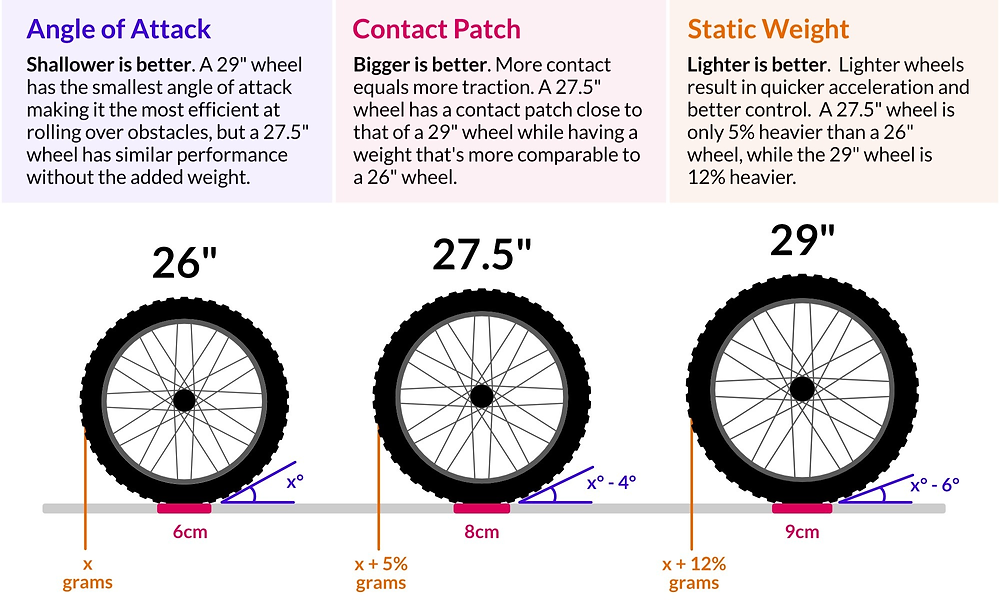 If you want to put yourself in a state of utter confusion, just ask any driver in the paddock what track day tire pressures they recommend. Every car and tire combo is going to have different needs. Finding the correct pressure is dependent on things like vehicle weight, type of tire, ambient temp, and whether or not you are filling the tires with air or nitrogen. Another factor that’s important is how aggressive of a driver you are. More aggressive drivers will need to start at a lower cold pressure because they’ll generate more heat in the tires than someone who just started. If it's your first track day event, you’ll want to set your cold pressures higher because new drivers typically struggle just to get the tires warm enough to start sticking. I highly suggest using the tire manufacturer’s recommendation for pressures, then adjust a psi or two to fit your liking.
If you want to put yourself in a state of utter confusion, just ask any driver in the paddock what track day tire pressures they recommend. Every car and tire combo is going to have different needs. Finding the correct pressure is dependent on things like vehicle weight, type of tire, ambient temp, and whether or not you are filling the tires with air or nitrogen. Another factor that’s important is how aggressive of a driver you are. More aggressive drivers will need to start at a lower cold pressure because they’ll generate more heat in the tires than someone who just started. If it's your first track day event, you’ll want to set your cold pressures higher because new drivers typically struggle just to get the tires warm enough to start sticking. I highly suggest using the tire manufacturer’s recommendation for pressures, then adjust a psi or two to fit your liking.
If you haven't already watched the video included with this article, take the time to do so before continuing with this next section.
The scary thing about the tire on the Viper in the video is that the owner almost went out on track just moments before I noticed the exposed cords through the vent in the fender. I just happened to be walking by and stopped him. Even scarier is that this is not a rare occurrence. On multiple occasions, I’ve stopped someone from going out on track with a tire that is mere moments away from failing!!!
CHECK YOUR TIRES BEFORE EVERY SESSION!
Just because they looked good in the morning, don’t assume they’ll be fine after lunch. Tires are the only thing keeping you glued to the pavement and when they fail, there may not be much you can do. I don’t want to beat a dead horse, but as you're getting ready for your session - get down on your hands and knees and look ACROSS THE ENTIRE TREAD SURFACE! I see rushed drivers who don’t look at all or quickly run around their car, just checking the outer edges before heading out on track.
TRACK DAY TIRES - In SummaryTIRE PURCHASE TIPS & MAINTENANCE RECOMMENDATIONS RECAPBefore purchasing tires, consider:

I have a feeling this post will generate more questions so please leave a comment and we’ll dig deeper into this topic in the future, but hopefully this gives you some food for thought when making your next tire purchase or inspecting your current set for the next event. If you do have any questions, please leave them in the comments below!
Consumer disputes over the age of tires have not subsided for several seasons. Buyers are excited that the warranty period for tires is limited to 5-6 years according to GOST, and after the expiration of this period, the rubber becomes unusable.
Buyers are excited that the warranty period for tires is limited to 5-6 years according to GOST, and after the expiration of this period, the rubber becomes unusable.
Is this really the case, read this article.
Manufacturers of most brands on their products set Shelf life is 5 years and service life is also 5 years .
The shelf life of a tire is the period during which it retains its performance when properly stored.
The end of this period does not mean that the tires have become unusable . A shelf life of 5 years is given by manufacturers because, by law, they cannot set a shelf life higher than the service life. Tires over 5 years of storage cannot be called damaged or defective, their technical characteristics may be slightly reduced. American researchers argue that the period of storage of "shoes" must be at least 10 years. Experts from Germany are sure that it cannot exceed 6 years. nine0003
nine0003
The expiration date of tires is the warranty period during which the manufacturer is responsible for the quality and condition of the tire if it was used for its intended purpose without violating the operating rules.
According to Russian legislation (GOST 5513, GOST 4754-97) , the service life of tires is 5 years from the date of manufacture.
How can I find out the date of manufacture of tires? nine0010
You can find out the age of tires by a special DOT code. Tires manufactured after 2000 in the DOT code contain two pairs of numbers, where the first pair indicates the week number of the year, and the second pair indicates the year. Earlier tires before 2000 have 3 numbers in their composition, where the first two digits are the week number, and the last one is the year (see the transcript in the photo).
Determination of the average shelf life of a tire according to GOST and operating conditions. nine0010
nine0010
- The symbol ZR denotes tires for high-speed cars. They are recommended to be used at speeds over 240 km/h. up to 6 years
- Tires with the H symbol are used at a maximum speed of 210 km/h. within 5 years.
- The sign S symbolizes the maximum permissible speed of 180 km/h. and operational period of 4-5 years.
Most tire manufacturers do not agree that tire life is limited to 5 years. Each company has its own opinion on this matter. We analyzed several of them and the information they posted on their official websites. nine0003
Michelin
The French tire manufacturer Michelin has become famous for its active fight against the perception of the rapid aging of tires as a perishable product. Her information campaign "Tires Are Not Bananas" created a lot of noise in the automotive environment. According to the representative office, several test trials were carried out in Saudi Arabia, South Korea and Germany.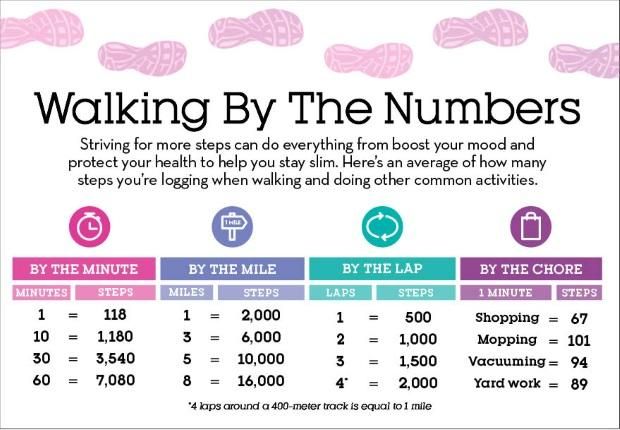 As a result of testing, no difference was found between new tires and tires stored for 3 years. They were tested for various characteristics such as rolling resistance, high speed durability, etc. Tires with a year life were approximately equal in performance to 10-year unused tyres. nine0003
As a result of testing, no difference was found between new tires and tires stored for 3 years. They were tested for various characteristics such as rolling resistance, high speed durability, etc. Tires with a year life were approximately equal in performance to 10-year unused tyres. nine0003
Michelin focuses the attention of car owners on the fact that tires are not a perishable product, their shelf life is not as important as the service life is important, starting from the date the tires are installed on the rims. It is from this moment that the tire is subjected to all tests: pressure, temperature changes, wear, contact with uneven and sharp coatings, etc.
Continental
On the Russian official website of Continental, we found the following information on the expiration dates of tires.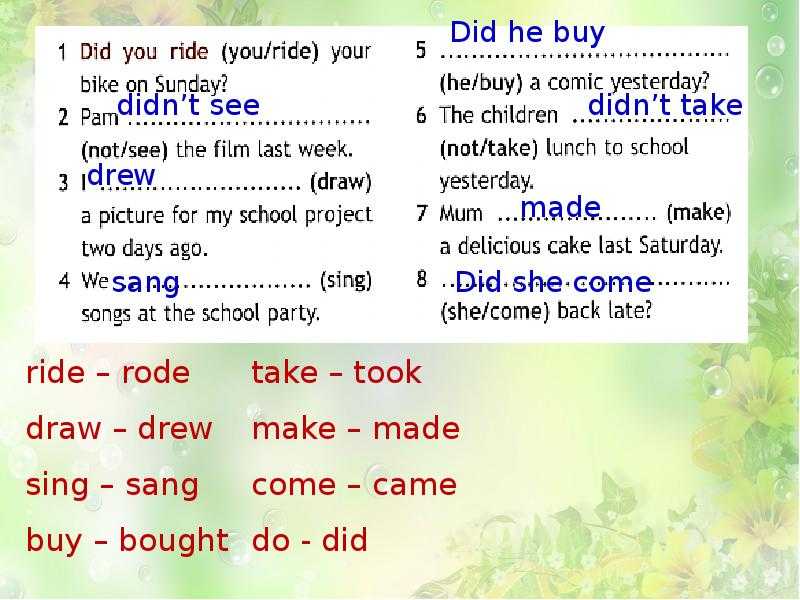 nine0003
nine0003
“When a tire is stored in the correct position and under the recommended conditions, it will not lose its original balanced performance for 5 years from the date of manufacture of the tire.
A properly maintained, unused tire less than 5 years old can be sold as a new tire and used normally.
Continental recommends replacing all tires (including spares) with a sidewall date greater than 10 years. nine0003
Nokian
The following information is posted on the Nokian official website:
“Tire life is not defined by law, but tires can only be considered “new” if they have been manufactured within the last five years. The recommended service life of tires is six years and the recommended maximum period is 10 years.
The opinion of our specialists, based on many years of experience, coincides with the opinion of manufacturers: the shelf life is 5 years + the service life is up to 10 years. Moreover, more "adult" tires, in our opinion, are of better quality.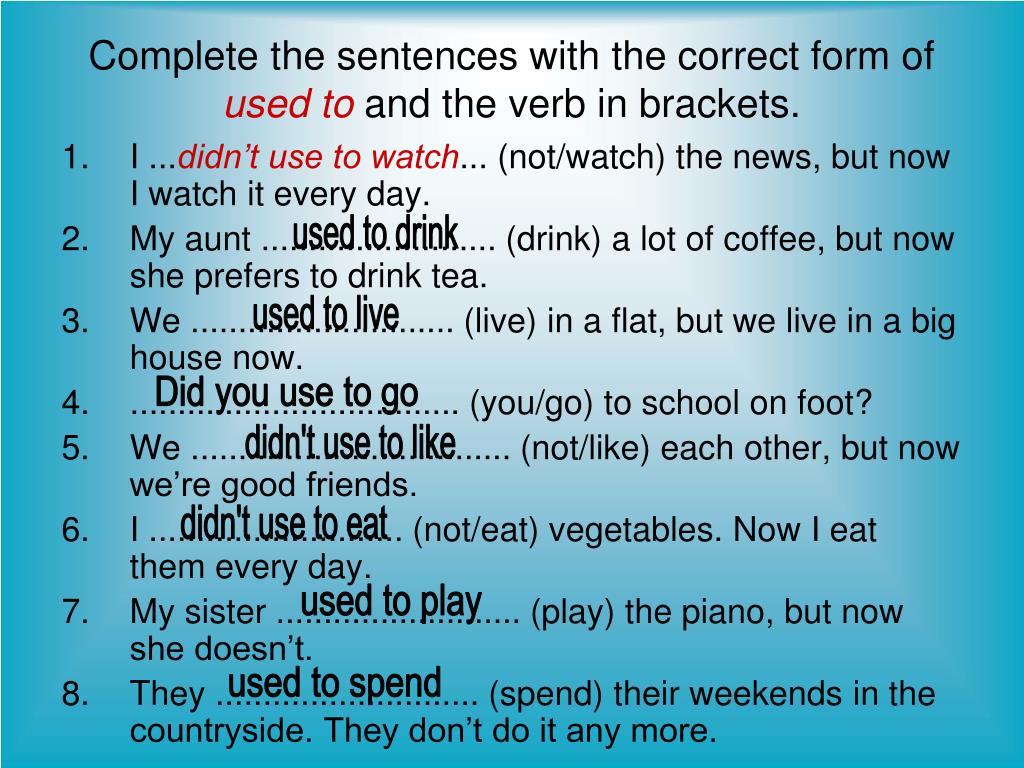 nine0003
nine0003
To keep tires as long as possible, they are stored in compliance with all rules and recommendations. The main condition is a cool, ventilated, darkened room away from oils, paints, ozone, and heat sources.
Rubber products tend to lose their performance over the years. To prevent and slow down this process, manufacturers add polymers to the rubber compound. They prevent oxidative processes that occur due to the interaction of protectors with oxygen and ozone. nine0003
The following are the main conditions for the proper storage of tires in accordance with GOST 24779-81:
Maintaining a constant regime without sudden jumps, slight temperature fluctuations from -30°С to +35°С are allowed;
Provide a low humidity level of 50-80% in a dry, ventilated cool room;
Avoid direct sunlight, use darkened hangars, shield heat sources; nine0003
Keep away from sources of heat;
Tires should not come into contact with corrosive, copper materials.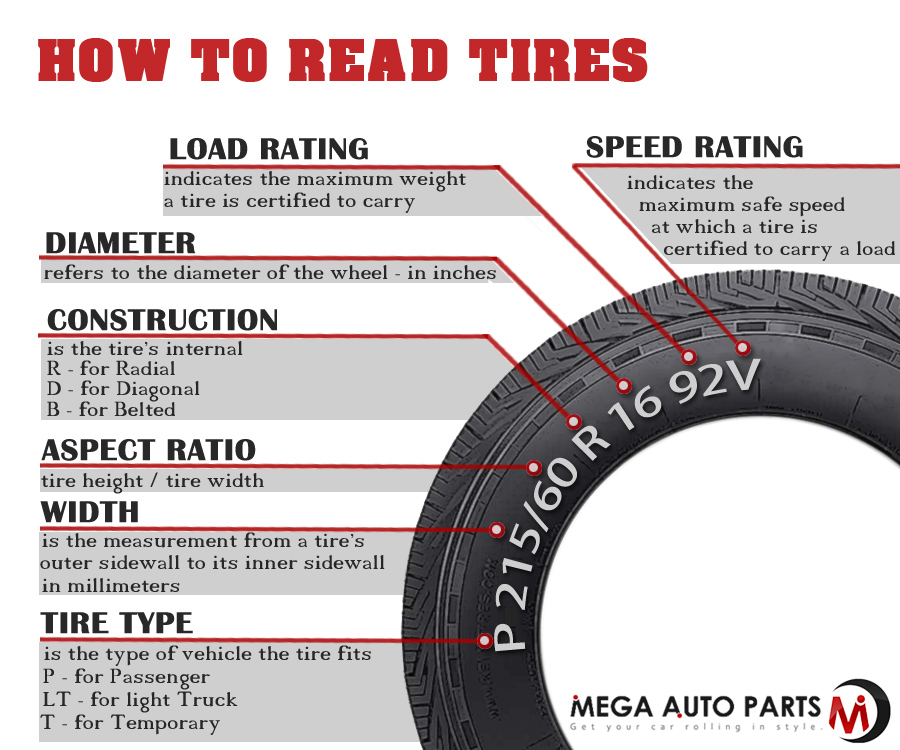
Avoid kinking, loading or positioning on an uneven surface.
Avoid contact with oils, organic solvents, acids, alkalis, fuels and lubricants on the tire surface. It is forbidden to lay tires on a wet and dirty surface. nine0003
In the warm season, when storing tires outside, they should be covered with light-tight material and raised above ground level to ensure ventilation and prevent the occurrence of the greenhouse effect.
Storage on reflective, light and heat absorbing surfaces is prohibited.
Keep away from chemicals, oils, paints, open flames, electric motors that produce ozone. nine0003
Used tires must be washed and dried.
Tires without rims should be stored upright.
The service life depends on many factors: the load on the car, the quality of the roads, the driving style, the distance traveled, tire damage, etc. To increase their service life, follow these rules: nine0003
To increase their service life, follow these rules: nine0003
Check tire pressure every 2-3 weeks. With reduced pressure, tire wear increases by the equivalent of a % reduction. For example, a 15% reduction in pressure can result in a 15% reduction in service life. Inflated tires are less scary.
The wear of the front tires is always significantly higher than the rear ones, so it is recommended to swap them after some time, carefully watching the direction of the tread pattern and the direction of rotation. nine0003
Proper alignment of tires in relation to rims. If the direction is not the same, then performance is significantly reduced.
To prevent damage to the sidewalls of tires, avoid close proximity to curbs and high ledges.
Wash off dirt from the surface of the rubber and from deep grooves with special cleaning agents. nine0003
Adhere to an even driving style without harsh brakes and quick starts.
Do not overload the car beyond the norm. 20% excess weight leads to a 30% loss of tire life.
Keep the wheels balanced and check the alignment angles annually.
The main condition for a long tire life is:
- high quality products,
- careful operation,
- proper storage of tires in the off-season,
- timely diagnosis.
The age of tires in standard storage is a minor non-determining factor that should not be taken into account when buying them.
Previous article Next article
How do you know when tires are completely worn out and it's time to change them? Everything is simple. For summer tires, the limit is 1.6 mm of residual tread depth, and for winter (or all-season, used in winter) - 4 mm. Modern summer tires can cover from 40,000 to 70,000 km depending on driving style and vehicle characteristics.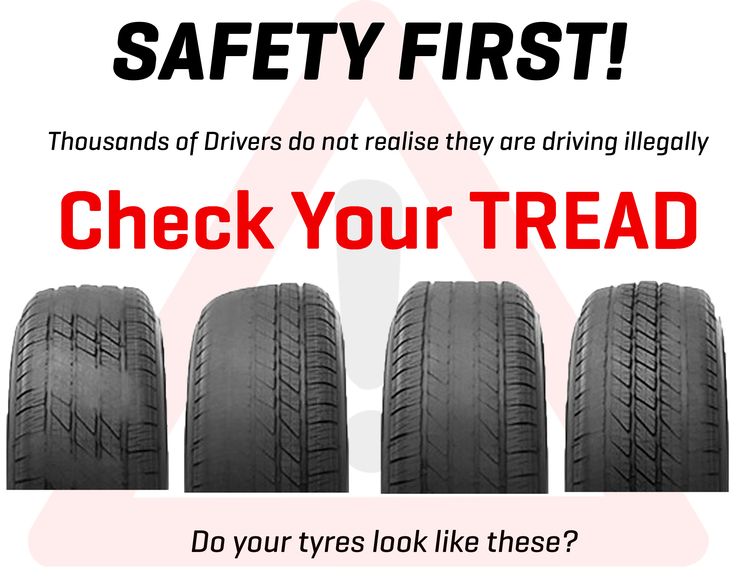 An average motorist rolls such a mileage on summer tires in 2-3 seasons. Moreover, wear implies not only a decrease in tread depth. For millions of cycles of deformation, the strength of the carcass and its adhesion to the layers of the rubber compound are violated. In short, every 2-3 years you should buy a new set of tires. nine0003
An average motorist rolls such a mileage on summer tires in 2-3 seasons. Moreover, wear implies not only a decrease in tread depth. For millions of cycles of deformation, the strength of the carcass and its adhesion to the layers of the rubber compound are violated. In short, every 2-3 years you should buy a new set of tires. nine0003
In case of irreparable damage to one of the tires and a relatively high total mileage of the kit, it is also worth considering replacing it. Well, or about buying at least a pair of new tires, which, for any type of drive, should be installed on the front axle. We put two tires back - the most decent of the remaining ones.
Many motorists drive only a few thousand kilometers a year. This does not mean that the tires will serve you for several decades. According to Russian requirements (GOST 4754-97), the service life of passenger car tires is 5 years from the date of manufacture. And for example, Continental recommends that all car tires (including the spare tire) older than 10 years old should be replaced with new ones.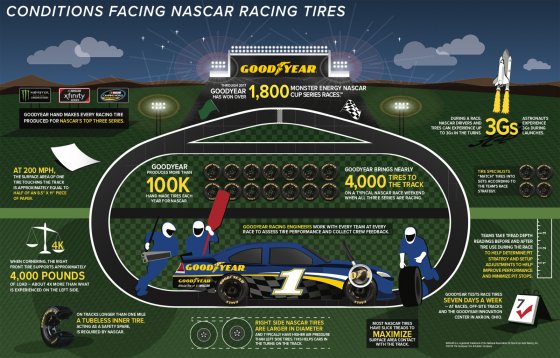 Therefore, with small runs, you can navigate for ten years. The date of manufacture of the tire is indicated on the sidewall. Usually it is an oval with four numbers. The first two are the ordinal number of the week in the year, the last two indicate the year.
Therefore, with small runs, you can navigate for ten years. The date of manufacture of the tire is indicated on the sidewall. Usually it is an oval with four numbers. The first two are the ordinal number of the week in the year, the last two indicate the year.
Related materials
How to change the car yourself - detailed instructions
Tires should be rotated periodically in accordance with the vehicle manufacturer's recommendations - information on this can be found in the owner's manual.
We can advise you to carefully use the tires and, most importantly, to store them correctly in the off-season. First of all, during storage, it is important to exclude direct sunlight from hitting the tires, which greatly age the rubber. Tires without rims should be placed vertically, and stacked on rims. nine0003
And before installing tires on a car at the beginning of the season, evaluate their condition. There should be no cracks in the tread and sidewalls. The tire should not be dry, it should remain rubbery and not look like baked plastic.
There should be no cracks in the tread and sidewalls. The tire should not be dry, it should remain rubbery and not look like baked plastic.
Related materials
Driving on badly worn tires - will I be fined or not?
Winter tires have a much shorter life span. They almost always fail due to the wear of the treadmill, because the tread of a new tire is 7–8 mm, and only 3–4 mm remain working height. If the tires are studded, then with such wear there are very few metal elements left, and the tire will not provide adequate safety when driving on a winter road. However, not only spikes, but also Velcro, with such a degree of wear, also lose most of their capabilities. nine0003
The real life of winter tires rarely exceeds 30,000 km. "Bald" winter tires without studs can be re-rolled in summer, but their grip on hot road surfaces will be very poor. This must be taken into account, especially when braking.